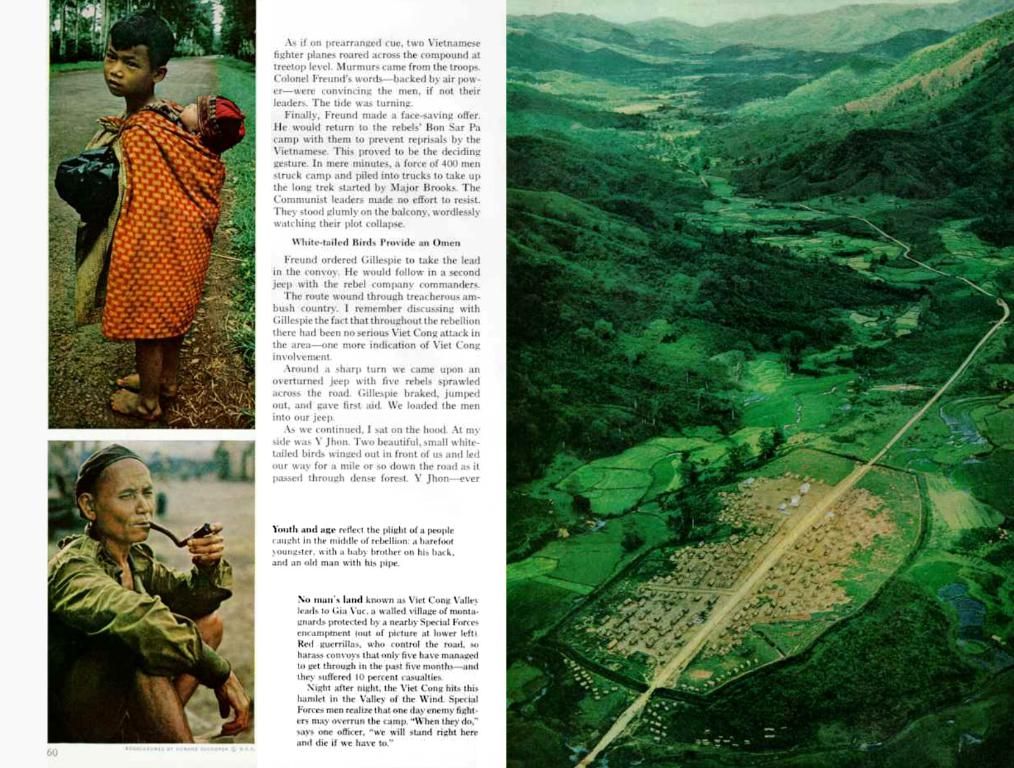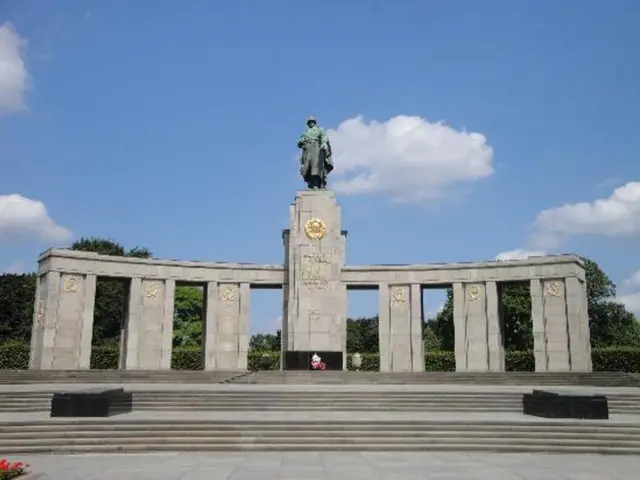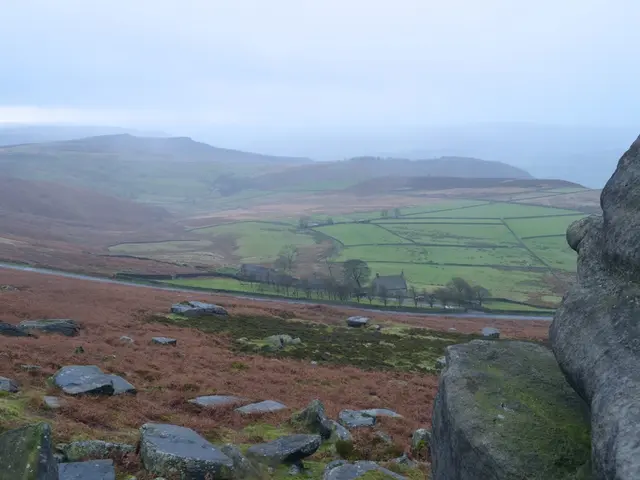Global Legacy Unveiled: Impact of the Silk Road on Cultural Exchange and Economic Prosperity
Let's dive into the epic tale of the Silk Road, a colossal network of trade routes that fundamentally shaped our world. This infamous highway through time isn't your typical road trip—it stretched 4,000 miles across continents, linking the Far East to the West.
But it was more than just a path for goods; think of it as a cultural interstate, a conduit for trading not just physical items, but ideas, beliefs, and innovations. Today, we'll explore the Silk Road's impact on trade, culture, global economies, and its lasting impact in modern times.
What was this Silk Road thingy?
This mammoth network of trade routes was forged under China's Han Dynasty around 130 BCE. It was like the ultimate highway for merchants and travelers, connecting distant lands like China, Central Asia, Persia, the Arab World, and the Mediterranean.
This epic journey facilitated the exchange of goods that ranged from silk and spices to precious metals, textiles, and artistic masterpieces. But beyond commerce, the Silk Road served as a lifeline for world-changing ideas and cultural exchanges.
So, what's the big deal about this trade route?
Diversifying the Goods Game
The exchange of goods along the Silk Road expanded the appeal of everyday items, enriching lives and fueling economic growth in many regions. Exotic products like Chinese silk, Indian spices, Persian carpets, and Roman glassware sparked fresh entrepreneurial opportunities for merchants and artisans alike.
Forging Economic Bonds
Trade along the Silk Road created a network of strong economic ties among distant regions, fostering growth and prosperity of cities such as Samarkand, Baghdad, and Constantinople. Cities became bustling trade centers where Eastern and Western merchants converged, shaking hands and conducting business across different cultures.
Pioneering Business Practices
The complex nature of Silk Road trade necessitated the development of advanced business practices. Merchants honed sophisticated methods for accounting, contract drafting, and currency exchange over long distances, paving the way for modern banking practices. Reliable transportation systems like camel caravans and roadside inns, known as caravanserais, were essential infrastructure for efficiently navigating these routes.
Silk Road: The Great Cultural Exchange Student Outline
The Spread of Religion
The Silk Road played a significant role in the dissemination of various religions, like Buddhism, Islam, Christianity, Zoroastrianism, and others. Buddhism's journey from India to China, Japan, and Korea showcased the Silk Road's role in fostering religious diversity across civilizations.
Melting Pots of Cultures
Cultural practices, art, music, and literature thrived alongside the Silk Road, creating a rich fusion of Eastern and Western influences. Artistic styles, languages, and culinary traditions showcased the impacts of these cross-cultural interactions. This cultural amalgamation enriched civilizations and encouraged mutual understanding among diverse peoples.
Brain-Power Exchange
The Silk Road facilitated the exchange of scientific discoveries and technological advancements that drove innovation. Groundbreaking inventions like papermaking, gunpowder, and the compass burst onto the scene, transforming economies, communication, and warfare. The exchange of mathematical and astronomical knowledge also contributed to scientific developments in regions like East Asia and the Islamic world.
The Silk Road's Influence on Global Economies
Spurring Economic Growth
The Silk Road stimulated growth in local economies across regions by expanding markets and fostering the emergence of new industries. Cities thrived as bustling trade centers, attracting merchants from far and wide to participate in the lucrative exchange of goods and ideas.
Evolution of Financial Systems
The intricacies of Silk Road trade necessitated the creation of early financial systems. Inventive financial instruments like letters of credit and bills of exchange enabled secure transactions over long distances, setting the stage for the development of modern banking practices.
Integration of Markets
The Silk Road's connection of distant markets resulted in economic interdependence, laying the groundwork for a proto-globalized economy. This interconnectedness fostered a free flow of goods, ideas, and capital, prefiguring modern global marketplaces and cultural exchange.
The Enduring Impact of the Silk Road in Modern Times
Cultural Heritage Background
The Silk Road's rich tapestry of cultural exchange continues to shape contemporary societies through culinary traditions, languages, arts, and architectural styles. Cities like Xi'an in China and Istanbul in Turkey still bear the cultural imprints of their historical roles as critical Silk Road hubs.
Modern Trade Initiatives
Inspired by the Silk Road's legacy of connectivity, modern initiatives like China's Belt and Road Initiative (BRI) seek to revive and expand these ancient trade routes. By fostering economic cooperation and connectivity, the BRI aims to drive global economic growth and encourage international trade in the 21st century.
Tourism and Education Opportunities
The historical significance of the Silk Road attracts countless visitors, eager to explore archaeological sites, monuments, and artifacts related to the ancient trade routes. UNESCO's Silk Road Programme helps safeguard this global heritage, ensuring future generations can appreciate the Silk Road's immense impact on human history.
In a Nutshell
The Silk Road revolutionized international trade and cultural exchange, leaving a profound impact on the world that echoes to this day. By encouraging economic interdependence, fostering cross-cultural understanding, and enabling intellectual progress, the Silk Road continues to influence modern global trade, tourism, and education.
Frequently Asked Questions
What drove merchants to travel along the Silk Road? The pursuit of profits and the lure of exotic goods, inspired by cultural diversity and world-changing ideas, drove merchants to venture along the Silk Road.
What were some major religions disseminated along the Silk Road? Major religions such as Buddhism, Christianity, Islam, and Zoroastrianism found their way across continents along the Silk Road, contributing to religious diversity and international interactions.
What were some technological innovations that originated from the Silk Road? The Silk Road witnessed the creation of groundbreaking inventions like papermaking, gunpowder, the compass, and more, with trade facilitating the swift sharing of knowledge between cultures.
The Silk Road served as a significant travel route for merchants and explorers, offering a unique blend of commerce and cultural exchange. As they traversed the Silk Road, these travelers not only traded goods like silk and spices, but also exchanged ideas, beliefs, and innovations, making it far more than just a road for trade.
Today, the legacy of the Silk Road can still be seen in modern lifestyles, as it paved the way for today's global traveling culture. Whether it's exploring ancient cities, discovering new foods, or engaging with unfamiliar customs, today's travelers often find themselves experiencing the same sense of wonder and enrichment that early Silk Road travelers once did.






